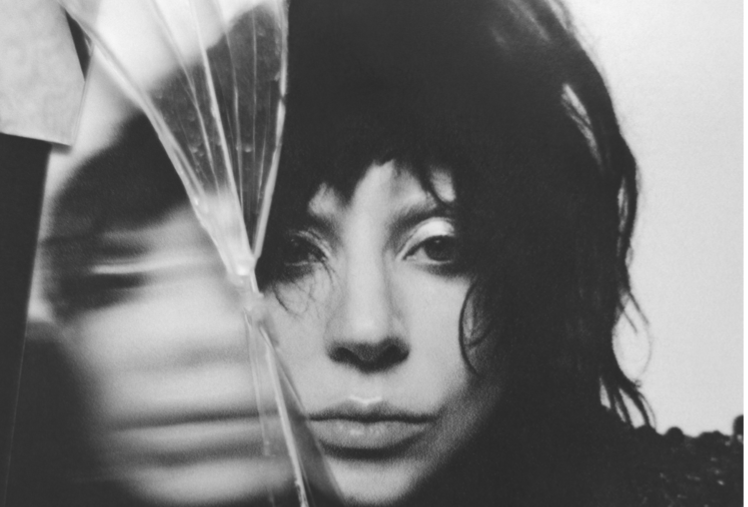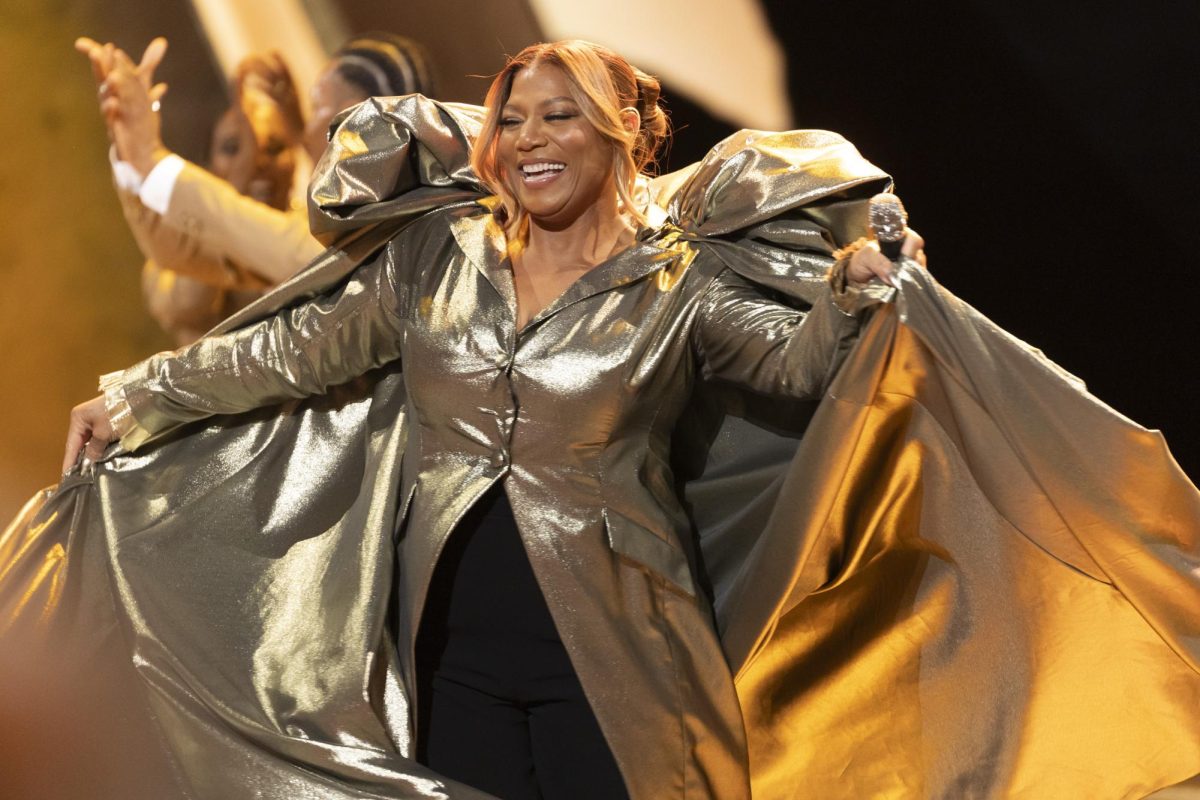Featured Graphic by Shamani Salahuddin
Story by Shamani Salahuddin
For nearly 40 years, the pink-ribbon international health campaign known as Breast Cancer Awareness Month has focused on educating and preventing a disease that affects 2.3 million women worldwide.
The originally one-week event extended into a month-long celebration where various breast cancer advocacy organizations and local community organizations increase awareness to promote screenings, early detection and breast cancer risk factors.
Breast Cancer Awareness Month began in 1985 with the partnership of the American Cancer Society and Imperial Chemical Industries.
From the awareness month came an awareness day and week.
Metastatic Breast Cancer Awareness Day, Oct. 13, is nationally recognized in the United States. The day is to expand awareness of the need for research on metastatic disease. 30% of early-stage breast cancers eventually metastasize–spread to body parts away from the breast, according to Breastcancer.org.
In 2021, President Joe Biden designated a week for men’s breast cancer. Oct. 17 through 23 is now Men’s Breast Cancer Awareness Week. According to the National Breast Cancer Foundation, about 2,800 men will be diagnosed with invasive breast cancer this year. The lack of recognition and stigma can limit detection and care for men. Several men, trans-men, and nonbinary people prefer to call it chest cancer.
History of the pink ribbon
In 1992, the pink ribbon became a national symbol when Self magazine featured it on their Breast Cancer Awareness Month cover issue in 1992. The publication partnered with cosmetics tycoon and breast cancer survivor Evelyn Lauder of Estée Lauder to distribute 1.5 million ribbons at their makeup counters, according to Time magazine.
Ways to show support during Breast Cancer Awareness Month
- Find a local race. Participating in a run or walk is a common breast cancer fundraising activity. Susan G. Komen, Nashville, will host a MORE THAN PINK walk on Oct. 7 in Franklin, Tennessee. Participants can join as an individual or join or form a team.
- Fundraising on social media. Online platforms make it convenient for users to give back. People can raise money on their Instagram accounts as an alternative to a breast cancer organization’s platform. Curate a post, press add fundraiser to connect the desired organization and share. Followers will see the charity and be able to donate from their feed.
- Volunteer with an organization. Supporters can volunteer at an event during breast cancer awareness week. Susan G. Komen is accepting volunteers at the MORE THAN PINK WALK, where participants can help before the walk or on the event day. Another organization supported by volunteers is the Tennessee Breast Cancer Coalition. Volunteers can do office work, student internships and community awareness projects.
- Donate in honor of someone. Donate to celebrate a loved one’s survival or in memory of a loved one. The distribution of donations varies with every charity; the National Breast Cancer Foundation claims every nonprofit’s expenses hit one of the three buckets: programs, management and administration, and fundraising. However, the foundation says contributors can restrict donations to preferred programs.
To contact Lifestyles Editor Destiny Mizell, email [email protected]. For more news, visit www.mtsusidelines.com, or follow us on Facebook at MTSU Sidelines or on X at @MTSUSidelines.








